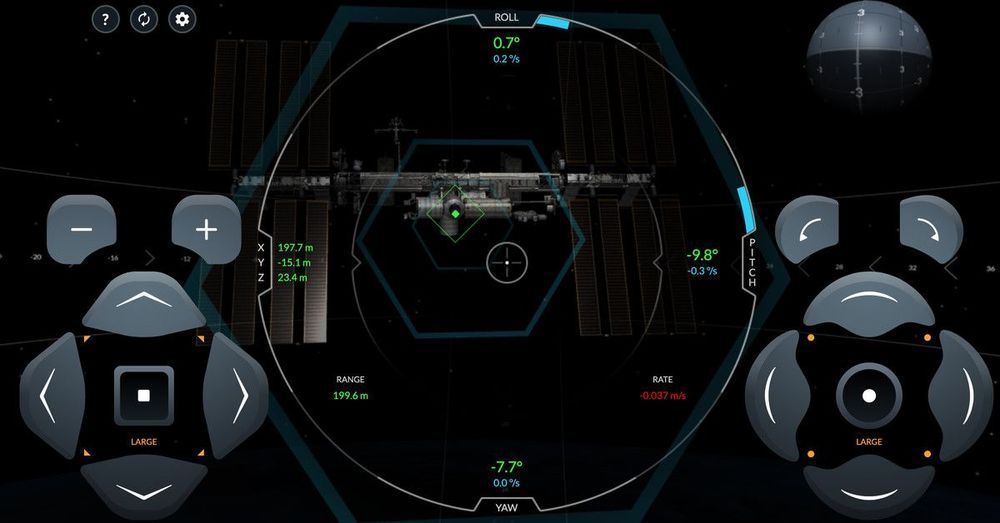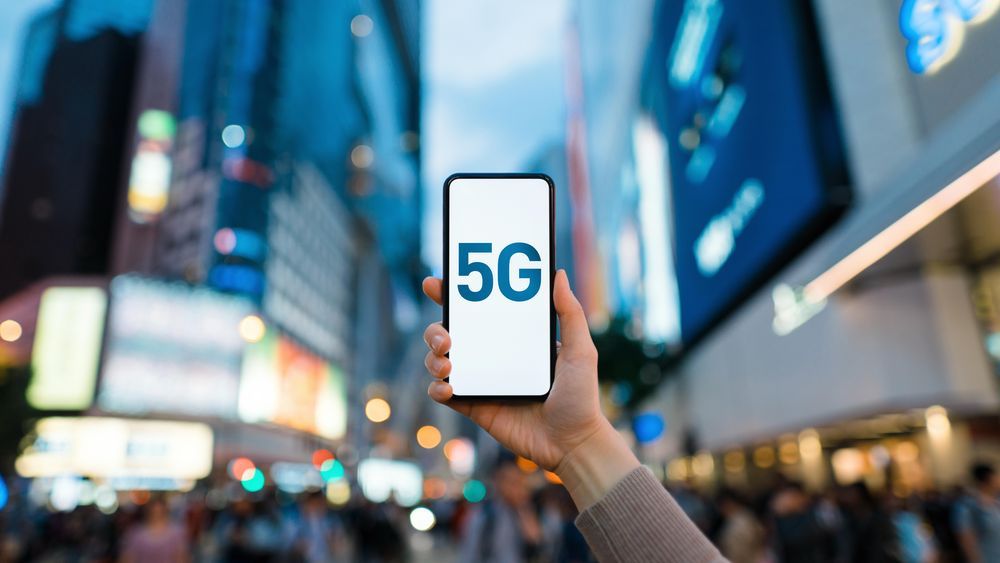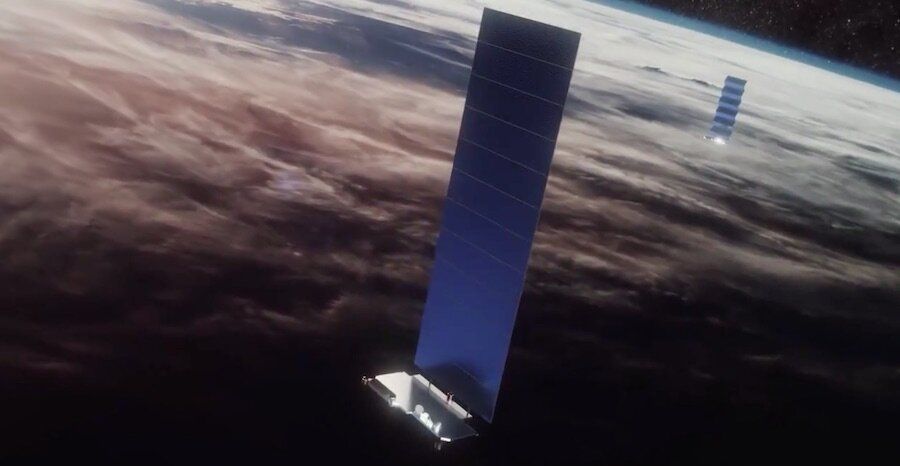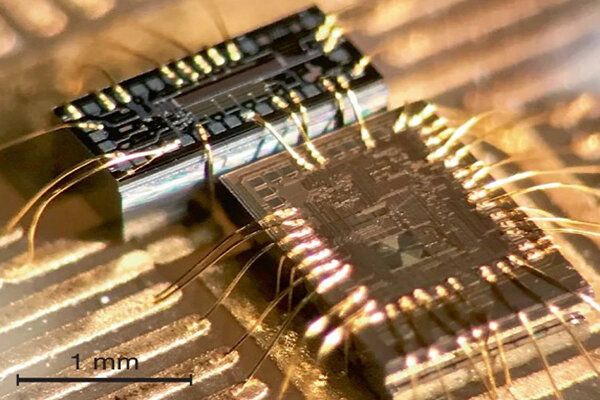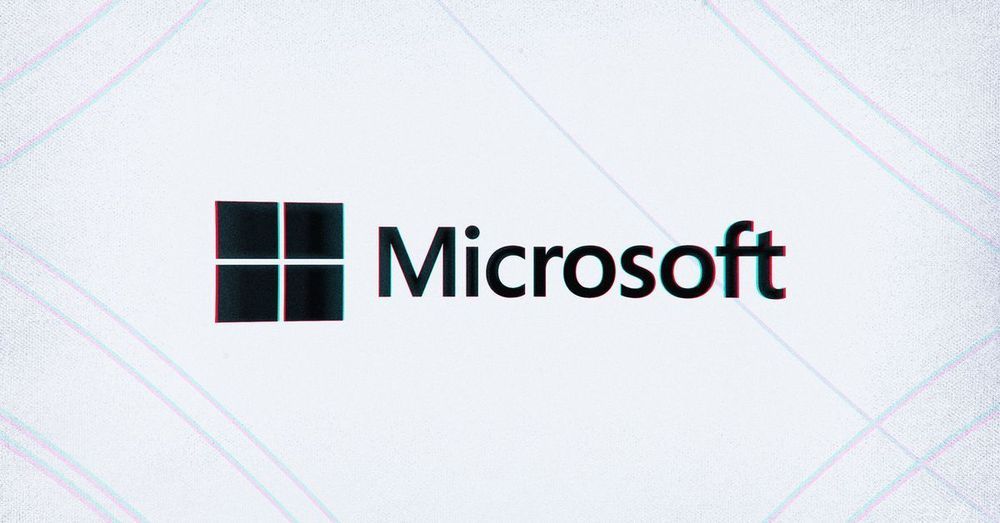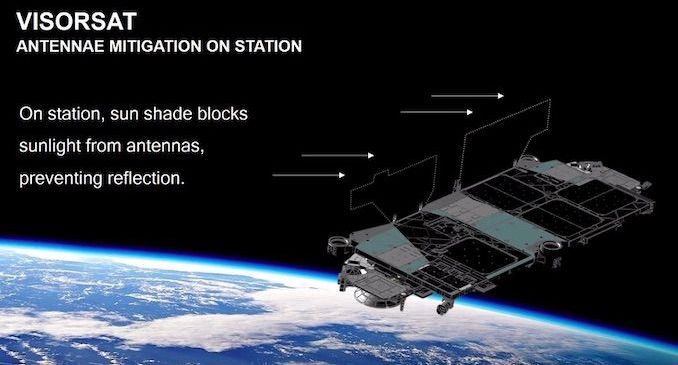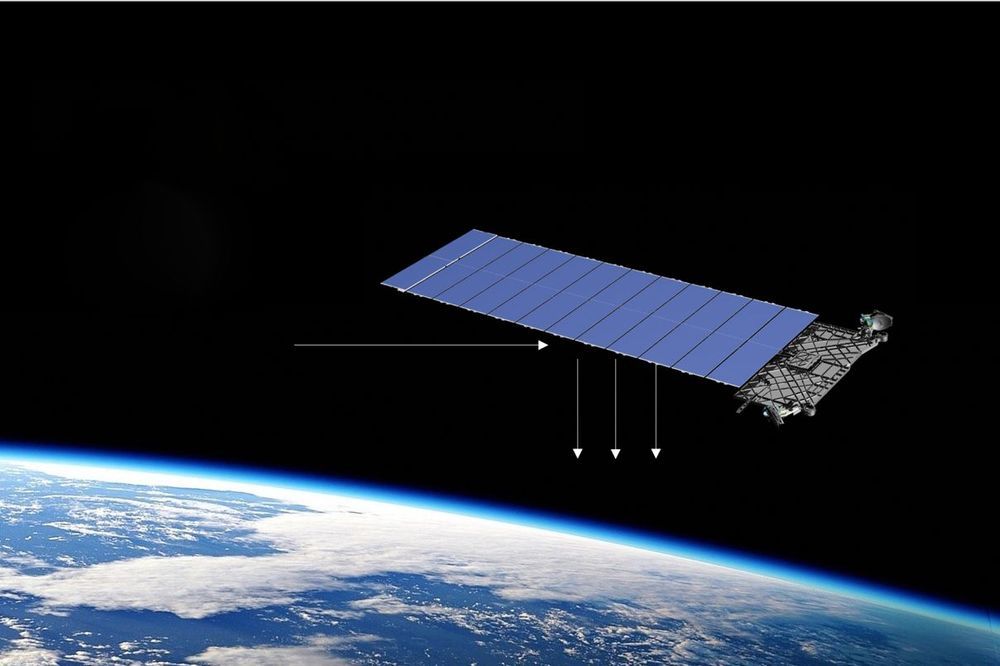Archive for the ‘internet’ category: Page 196
May 12, 2020
Try to dock with the International Space Station with this SpaceX Crew Dragon simulator
Posted by Genevieve Klien in categories: internet, space travel
On May 12th, SpaceX released an online simulator that allows internet users to try to dock the company’s newly developed Crew Dragon with the International Space Station.
May 12, 2020
“Quantum radar” uses entangled photons to detect objects
Posted by Quinn Sena in categories: computing, internet, particle physics, quantum physics
O,.,o.
The weird world of quantum physics is being harnessed for some fascinating use cases. In the latest example, physicists have developed and demonstrated a “quantum radar” prototype that uses the quantum entanglement phenomenon to detect objects, a system which could eventually outperform conventional radar in some circumstances.
Quantum entanglement describes the bizarre state where two particles can become linked so tightly that they seem to communicate instantly, no matter how far apart they are. Measuring the state of one particle will instantly change the state of the other, hypothetically even if it’s on the other side of the universe. That implies that the information is moving faster than the speed of light, which is thought to be impossible – and yet, it’s clearly and measurably happening. The phenomenon even unnerved Einstein himself, who famously described it as “spooky action at a distance.”
Continue reading “‘Quantum radar’ uses entangled photons to detect objects” »
The next-generation networks will provide major strides in latency, speed and localized access to AI.
May 7, 2020
SpaceX describes exactly how they’re planning to make Starlink satellites less visible from Earth
Posted by Genevieve Klien in categories: biotech/medical, Elon Musk, engineering, internet, satellites
In 2015, Elon Musk announced that his company, SpaceX, would be deploying satellites to orbit that would provide high-speed broadband internet access to the entire world. Known as Starlink, SpaceX began deploying this constellation in May of 2019 with the launch of the first 60 satellites. As of April 22, a total of 422 satellites have been added to the Starlink constellation, and the response hasn’t been entirely positive.
In addition to fears that we’re adding to the problem of “space junk,” there are also those who’ve expressed concern that Starlink and other constellations could have a negative impact on astronomy. In response, SpaceX recently announced that it will be instituting changes in how the satellites are launched, how they orbit the Earth, and even how reflective they are in order to minimize the impact they have on astronomy.
These changes were the subject of a presentation made during the Decadal Survey on Astronomy and Astrophysics 2020 (Astro2020) hosted by the National Academy of Sciences, Engineering, and Medicine. As part of the Optical Interference from Satellite Constellations Meeting held on Monday, April 27th, the Starlink Panel (which included Musk) presented how the company hopes to minimize light pollution caused by their constellation.
May 7, 2020
State-of-the-art lasers at the micro level
Posted by Quinn Sena in categories: internet, mapping, robotics/AI
Many emerging technologies rely on high-quality lasers. Laser-based LiDAR sensors can provide highly accurate scans of three-dimensional spaces, and as such are crucial in applications ranging from autonomous vehicles to geological mapping technologies and emergency response systems. High-quality lasers are also a key part of the high-speed, high-volume data centers that are the backbone of the internet.
When assessing the quality of a laser, researchers look to the noise in a laser’s frequency, or the number of times the laser’s light wave toggles in each second. Low-quality, “noisy” lasers have more random variations in those toggles, making them useless for systems that are meant to return accurate measurements or convey densely packed information.
At present, lasers with adequately low frequency noise are bulky, expensive and an impractical choice for mass manufacturing. Penn Engineers have set out to solve this problem with a device called a “phase noise filter” that can turn low-cost, compact lasers into those suitable for LiDAR and more.
May 6, 2020
Microsoft offers $100,000 to hack its custom Linux OS
Posted by Quinn Sena in categories: cybercrime/malcode, internet
Microsoft is looking for hackers to test its Azure Sphere OS security. It’s a custom-built Linux OS that’s designed for Internet of Things devices. Microsoft will reward security researchers up to $100,000 for vulnerabilities in the OS.
May 5, 2020
SpaceX to debut satellite-dimming sunshade on next Starlink launch
Posted by Genevieve Klien in categories: Elon Musk, internet, satellites
A new sunshade, or visor, designed to reduce the brightness of SpaceX’s Starlink broadband Internet satellites will debut on the company’s next launch, a measure intended to alleviate astronomers’ concerns about impacts on observations through ground-based telescopes, SpaceX founder Elon Musk said.
Beginning with the next launch of Starlink satellites — scheduled for 18 May from Cape Canaveral — SpaceX will try out a new light-blocking panel to make the spacecraft less visible to skywatchers and astronomers.
“We have a radio-transparent foam that will deploy nearly upon the satellite being released (from the rocket),” Musk said on 27 April at a virtual meeting of the National Academies’ Decadal Survey on Astronomy and Astrophysics 2020 panel, a committee charged with setting the top priorities for US astronomy for the next decade.
May 4, 2020
Media Calls For Hardcore Internet Censorship
Posted by Michael Dodd in category: internet

https://youtube.com/watch?v=zTpYDP7FUnc
Ladies Monday with Brittany Pettibone.
All Guest Author Posts are submitted or additional content Chronicle has added to the website. To be a Guest Author please visit our “Post Your Article” page.
Continue reading “Media Calls For Hardcore Internet Censorship” »
May 1, 2020
SpaceX will use sun visors to darken future Starlink satellites
Posted by Genevieve Klien in categories: internet, satellites
SpaceX has announced that it will mount a sun visor on each of its Starlink satellites and have them perform controlled maneuvers, to make them less visible to members of the astronomy community making detailed observations of the night sky. SpaceX has already launched over 400 satellites to bolster a constellation that could one day provide global broadband internet access.
The proliferation of satellite technology and the increasing affordability of reaching low-Earth orbit (LEO) has led many – particularly those in the science community – to raise concerns about the impact that space traffic may have on the night sky. This issue has only grown more contentious with the advent of the megaconstellation, which is the term used to describe vast swarms of satellites working as a network as they fly choreographed orbits through LEO space.
SpaceX’s Starlink megaconstellation is well underway to becoming a reality, and could one day provide high-speed, low latency satellite-based broadband on a global scale.

